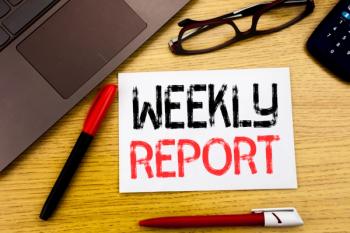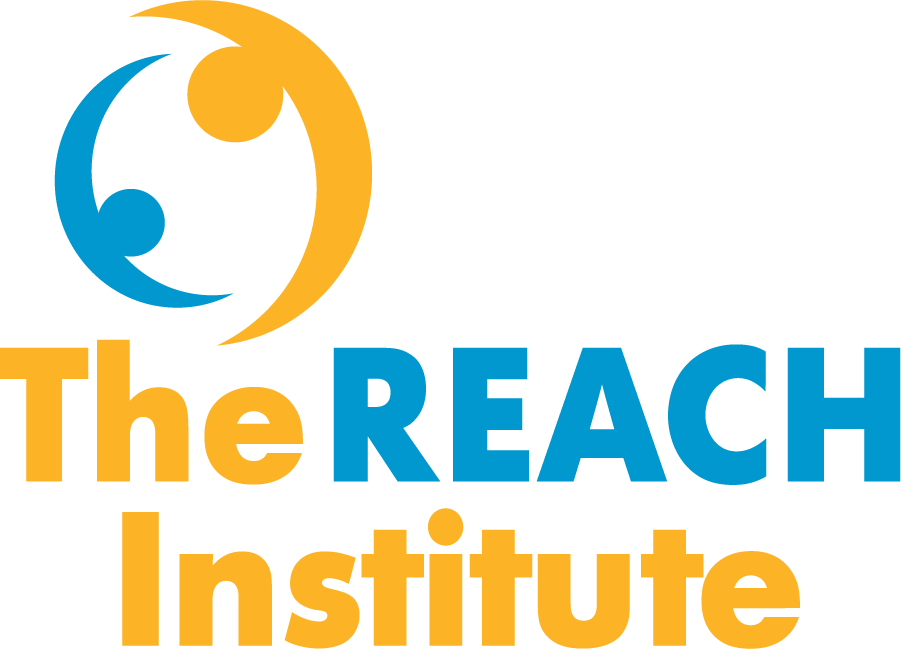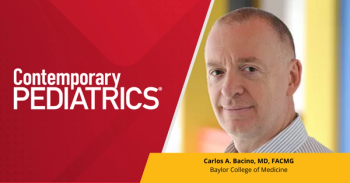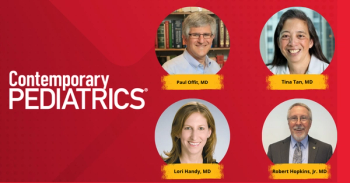
Social media and pediatric mental health with Peter S. Jensen, MD

Peter S. Jensen, MD, discusses the risks and benefits of social media use by children, emphasizing the need for parental oversight and national guidelines.
Social media use among children and adolescents presents both opportunities and risks, yet guidelines for its safe use remain underdeveloped. In this brief discussion with Contemporary Pediatrics, Peter S. Jensen, MD, highlighted the challenges of unmonitored social media access, its potential mental health impacts, and the importance of structured oversight.
Jensen is a child and adolescent psychiatrist and the founder and board chair of The REACH Institute, a 501(c)(3) nonprofit organization that aims to deliver effective, scientifically proven mental health care to children and families by providing thousands of primary care physicians with training in evidence-based therapies to better diagnose, treat, and manage child mental health issues.1
Jensen stressed the need for a collaborative effort among pediatricians, educators, and policymakers to establish clear recommendations that help protect children while allowing for the responsible use of social media.
MORE: Peter Jensen, MD, discusses mental health in primary care 2
Contemporary Pediatrics:
Social media has been linked to mental health for some time now. hat are your thoughts or clinical pearls about dealing with social media and mental health in the pediatric population?
Peter S. Jensen, MD:
Well, the first thing to consider is that this is a new invention that has taken the world, the country, parents, and kids by storm. Think about when the car was invented—it took people a while to realize that handing a teen the reins to a buggy was not the same as handing them the keys to a vehicle [in which] they could get seriously hurt.
There are a lot of risks involved. It took time for the country to establish training programs, licensing procedures, and age limits [for driving cars]. We have not yet done that for social media.
We know that social media can be beneficial, but also very harmful. Are we just handing our kids the keys and saying, “Good luck, I hope everything works out”? Parents may think, “My child asked me for a phone. I need to get one because all the other kids have phones.” But wait—these are potentially dangerous tools. We see the impact of social media on anxiety, cyberbullying, and other problematic issues that have emerged because we did not anticipate these risks.
Now we have to get ahead of it. Several questions arise: At what age should a child be allowed on social media? That is an important question, and pediatricians, educators, and the [National Parent Teacher Association (PTA)] should weigh in. It is certainly not at age 8. Maybe a general rule could be age 14. What skills does a child need? How much should a parent monitor their use [of social media]? Before learning to drive, a child starts with a learner’s permit, and a parent has full access to their driving habits.
Perhaps social media use should follow a similar model—starting at age 13 or 14 with full parental oversight. If the child demonstrates responsible use, they could gradually earn more independence, understanding both the risks and benefits.
We need a national standard. Major organizations, including the American Academy of Pediatrics [and those that specialize in] family medicine, psychiatry, [and] psychology, and the PTA, need to weigh in and analyze the evidence. Right now, the biggest danger is unmonitored use. Parents may say, “I shouldn’t read my child’s journal,” but this is not the same as a journal. When a child presses send [on social media], that content can spread worldwide, including personal photos and information. This poses huge risks.
We are already seeing the destructive impact of cyberbullying and other social media–related issues. Once all the data are in, we will likely agree as a country and as childcare providers that we need to establish appropriate limits. We must come together to address this sooner rather than later. It is a national priority that we all must be involved in.
References:
1. The resource for advancing children’s mental health. The REACH Institute. Accessed February 6, 2025. https://thereachinstitute.org/
2. Fitch, J. Mental health treatment challenges in primary care. Contemporary Pediatrics. February 13, 2025. Accessed May 8, 2025. https://www.contemporarypediatrics.com/view/mental-health-treatment-challenges-in-primary-care
Newsletter
Access practical, evidence-based guidance to support better care for our youngest patients. Join our email list for the latest clinical updates.








